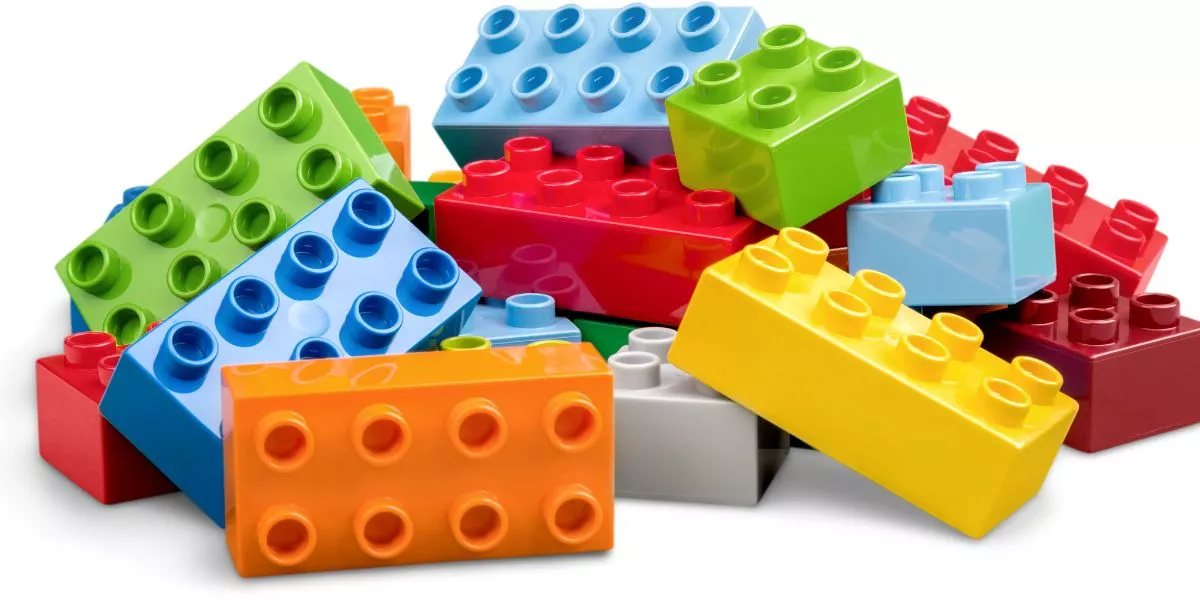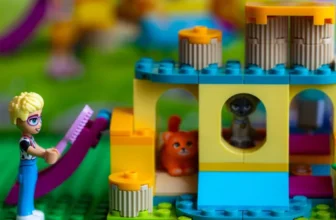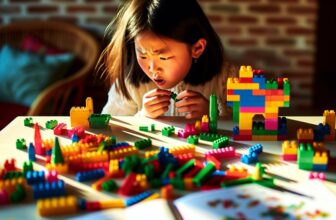
When you're looking to identify real versus fake Lego bricks, there are a few key aspects to consider. Start by inspecting the logo and branding, as authentic pieces always feature the embossed "LEGO" logo. Then, check the quality of the plastic; genuine bricks feel sturdy and smooth. But that's just the beginning—there's more to uncover about fit and packaging that can help you spot counterfeits. Let's explore these details further.
Inspect the Logo and Branding
When you're examining Lego bricks, one of the first things you should do is inspect the logo and branding. Genuine Lego bricks feature a distinctive logo that's embossed on the studs. Check for the word "LEGO" in uppercase letters, typically found on the top of the bricks. If you see a misspelled logo or a different font, it's a red flag.
Next, look for the branding on the underside. Authentic Lego bricks usually have a small raised circle with the brand name and sometimes a year of manufacture.
Pay attention to colors and details; fakes often have inconsistent or faded prints. By focusing on these branding elements, you can quickly determine if the bricks in your collection are genuine or counterfeit.
Check the Quality of the Plastic
A close examination of the plastic quality can reveal a lot about the authenticity of Lego bricks. Genuine Lego bricks use high-quality, ABS plastic, which feels sturdy and has a smooth finish.
When you hold a real brick, it shouldn't feel flimsy or brittle. Check for any rough edges or inconsistencies in the surface—fake bricks often have noticeable imperfections.
Additionally, authentic Lego bricks maintain their color and don't fade easily over time. If you notice any signs of discoloration or a chalky texture, you might be dealing with a counterfeit.
Lastly, real Lego bricks have a slight sheen, while fakes may appear dull. Inspecting the plastic closely can save you from adding impostors to your collection.
Examine the Fit and Compatibility
After ensuring the plastic quality meets the standards of authentic Lego bricks, it's important to check how well the pieces fit together.
Genuine Lego bricks snap together firmly and hold their position without any gaps. Take a few bricks from the set and try connecting them to others from your existing Lego collection. If they fit snugly with the same satisfying click, you're likely dealing with the real deal.
On the other hand, if they seem loose or require excessive force to connect, they might be fakes. Pay special attention to the compatibility of specialty pieces, like curved bricks or unique shapes, as these can often indicate lower-quality imitations that don't match the precision of authentic Lego.
Assess Packaging and Instructions
Packaging and instructions can reveal a lot about the authenticity of Lego bricks. When you look at a set, check for high-quality printing and vibrant colors. Genuine Lego packaging usually features sharp images and clear text, while fake packaging might appear blurry or faded.
Pay attention to the logos—real Lego sets have a distinct logo that's consistent across all products.
Next, examine the instructions. Authentic Lego sets come with well-organized, easy-to-follow manuals. Look for the signature step-by-step format and clear illustrations.
If the instructions are poorly printed, confusing, or missing altogether, that's a red flag. By carefully assessing both packaging and instructions, you can significantly improve your chances of spotting counterfeit Lego bricks.
Conclusion
In conclusion, identifying real vs. fake Lego bricks is straightforward if you know what to look for. Always inspect the logo and branding, check the quality of the plastic, and examine the fit of the pieces. Don't forget to assess the packaging and instructions as well. By following these tips, you can confidently build with authentic Lego bricks and enjoy the quality and creativity they bring to your projects. Happy building!
Trending Products














